
Business
15:58, 24-Jan-2018
TPP revived as Canada approves new 11-state deal
CGTN's Nicholas Moore
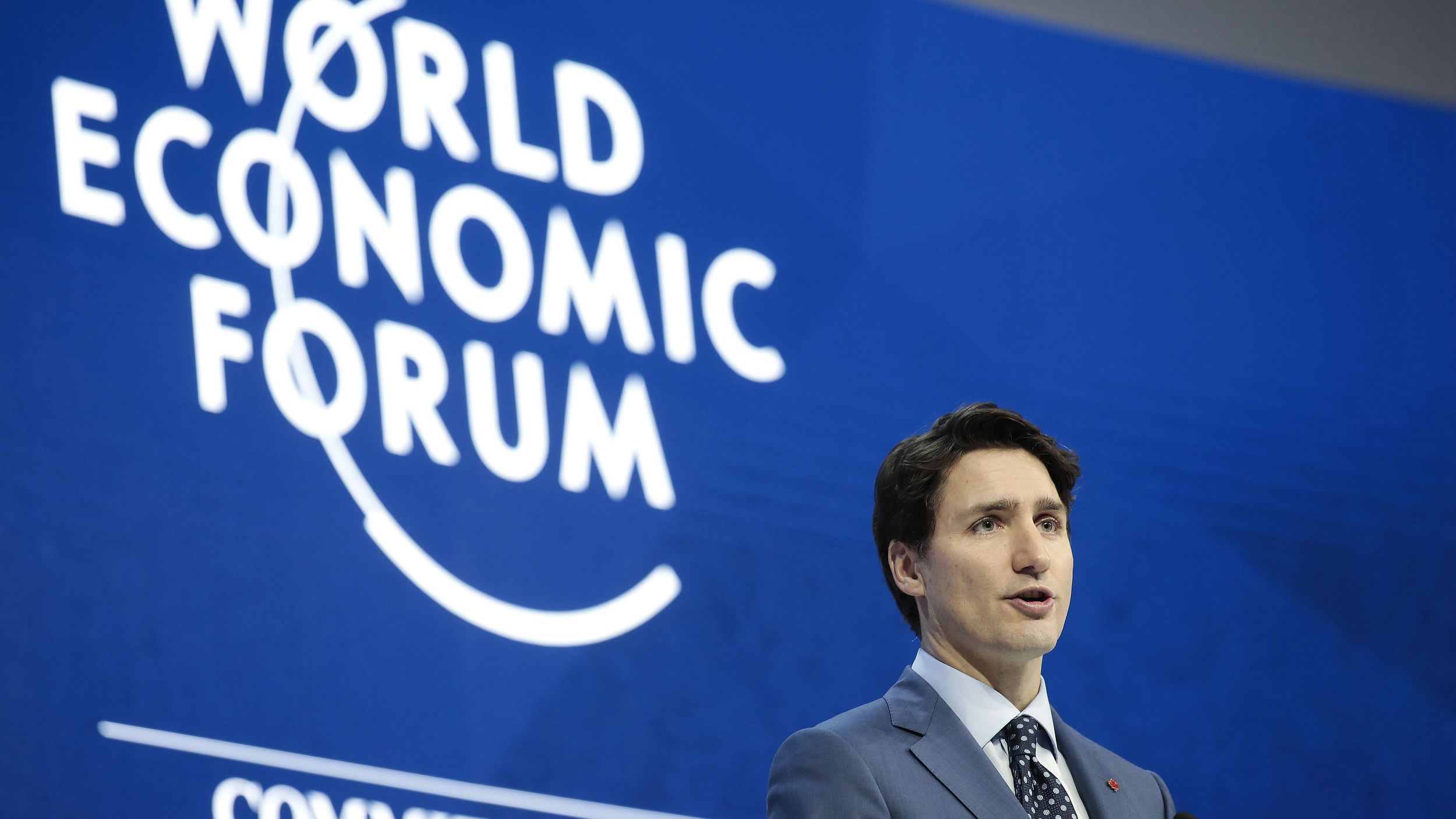
Canadian Prime Minister Justin Trudeau marked his appearance at the World Economic Forum on Tuesday by voicing his country’s commitment to free and open trade, as Ottawa confirmed it would sign the Trans Pacific Partnership agreement.
The decision to revive the TPP, which at one point looked to have been dead and buried by US President Trump’s move to withdraw from the 12-nation agreement exactly one year ago, was confirmed after Japan and Australia addressed concerns that Canada had towards the deal.
The TPP has now been renamed the Comprehensive and Progressive Agreement for Trans-Pacific Partnership (CPTPP), and will include Australia, Brunei, Canada, Chile, Japan, Malaysia, Mexico, New Zealand, Peru, Singapore and Vietnam.
Together, the region covered by the CPTPP accounts for 15.8 percent of global GDP and 500 million people. The deal should cut 98 percent of tariffs in a marketplace worth nearly 14 trillion US dollars, and includes provisions protecting human rights, labor and the environment.
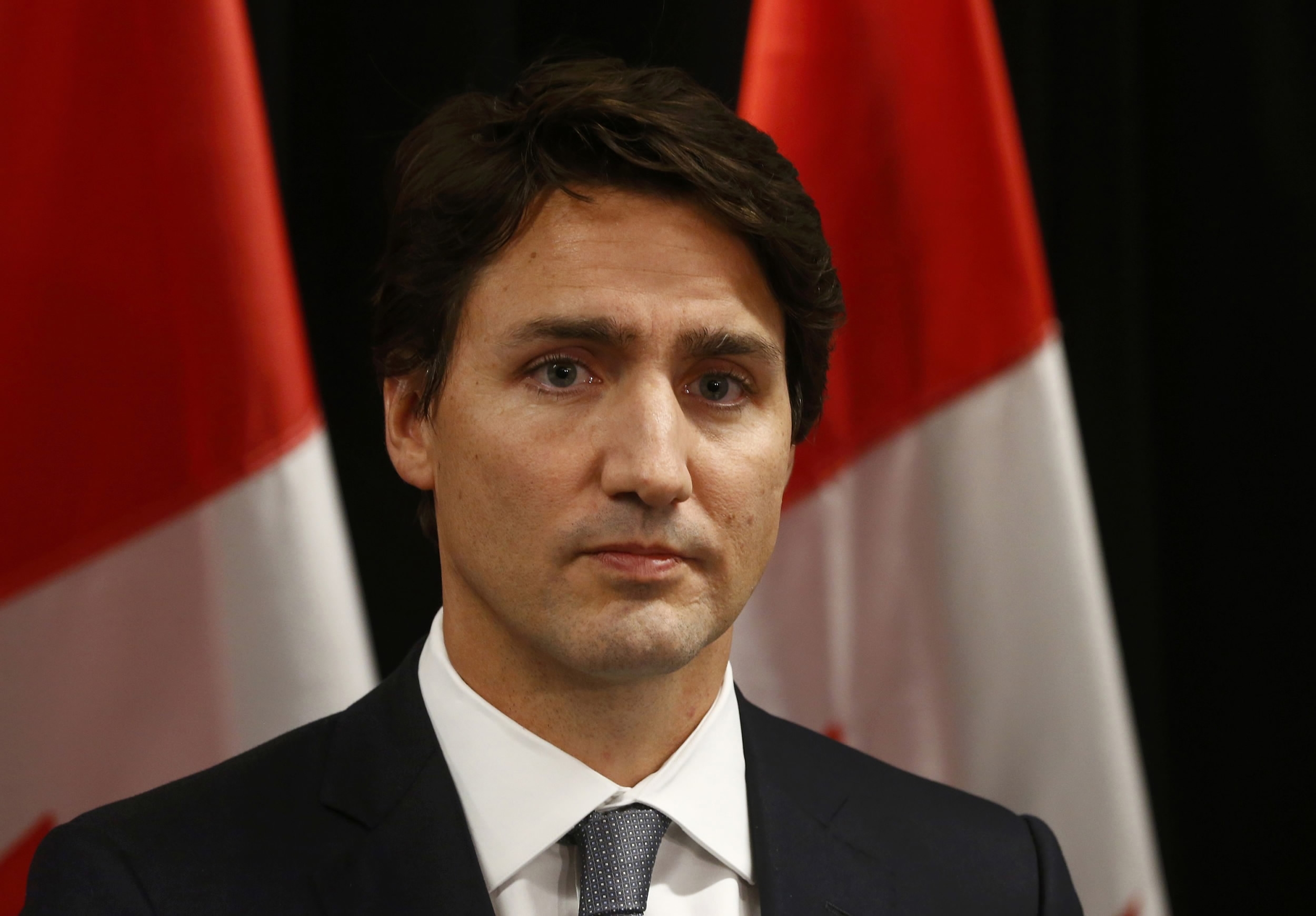
Canadian Prime Minister Justin Trudeau /VCG Photo
Canadian Prime Minister Justin Trudeau /VCG Photo
Trudeau told his audience at Davos that the CPTPP was “the right deal”, adding “if we are going to push back against the anti-trade tendency in globalization that will leave us all worse off, we have to put the concerns and the well-being of our ordinary citizens at the center of what we are negotiating, and that is what 11 of us have been able to do with the CPTPP.”
Canada’s misgivings over the Japanese car industry, intellectual property provisions and protecting its cultural products have apparently been addressed, and the CPTPP is set to be signed and ratified on March 8.
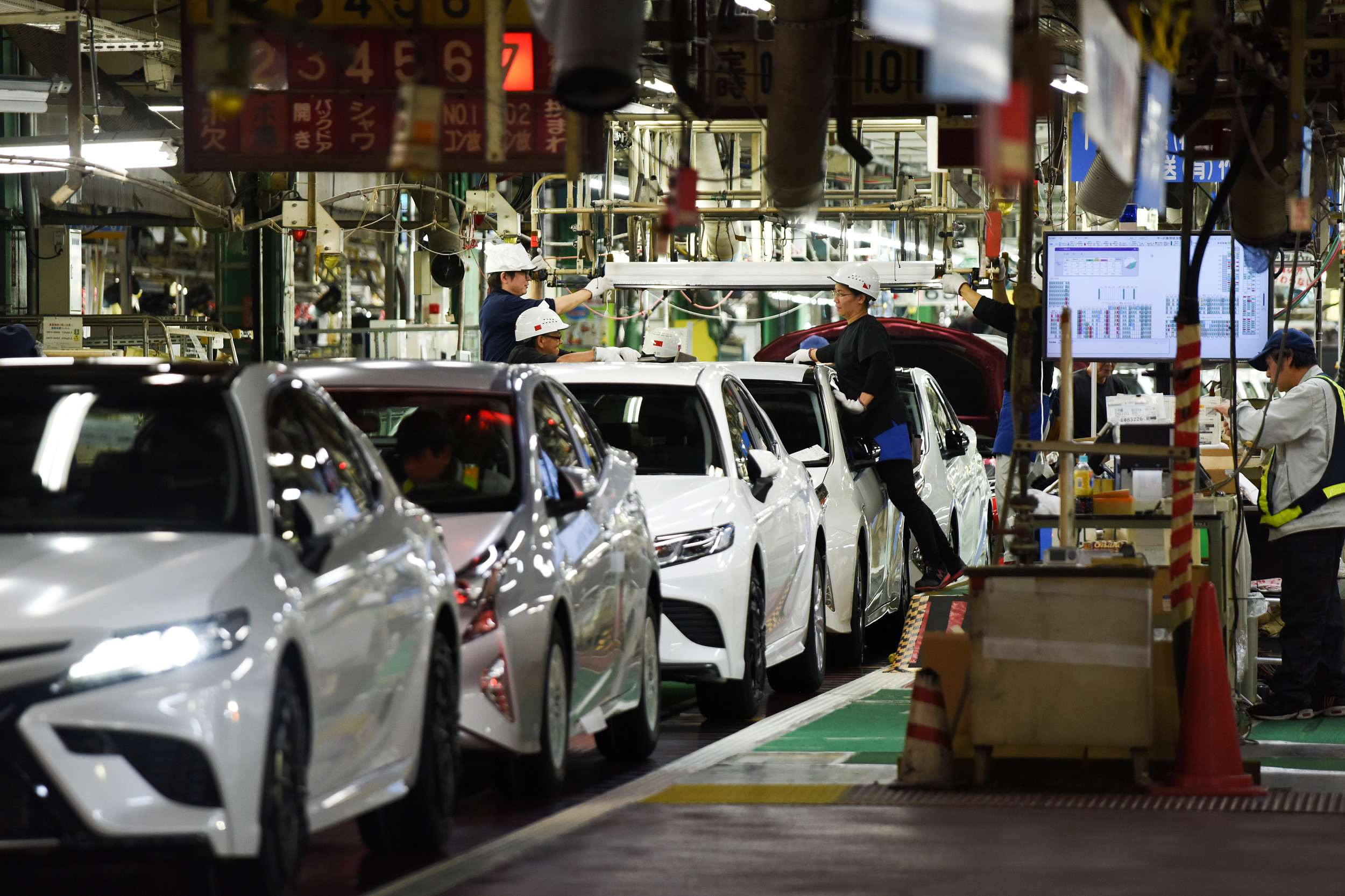
One of Canada's biggest concerns over the CPTPP was over Japanese car imports. /VCG Photo
One of Canada's biggest concerns over the CPTPP was over Japanese car imports. /VCG Photo
The successful renegotiation of the CPTPP will bolster both Canada and Mexico, with talks resuming on Tuesday on the North American Free Trade Agreement (NAFTA) – another proposed pact which the US is threatening to pull out of.
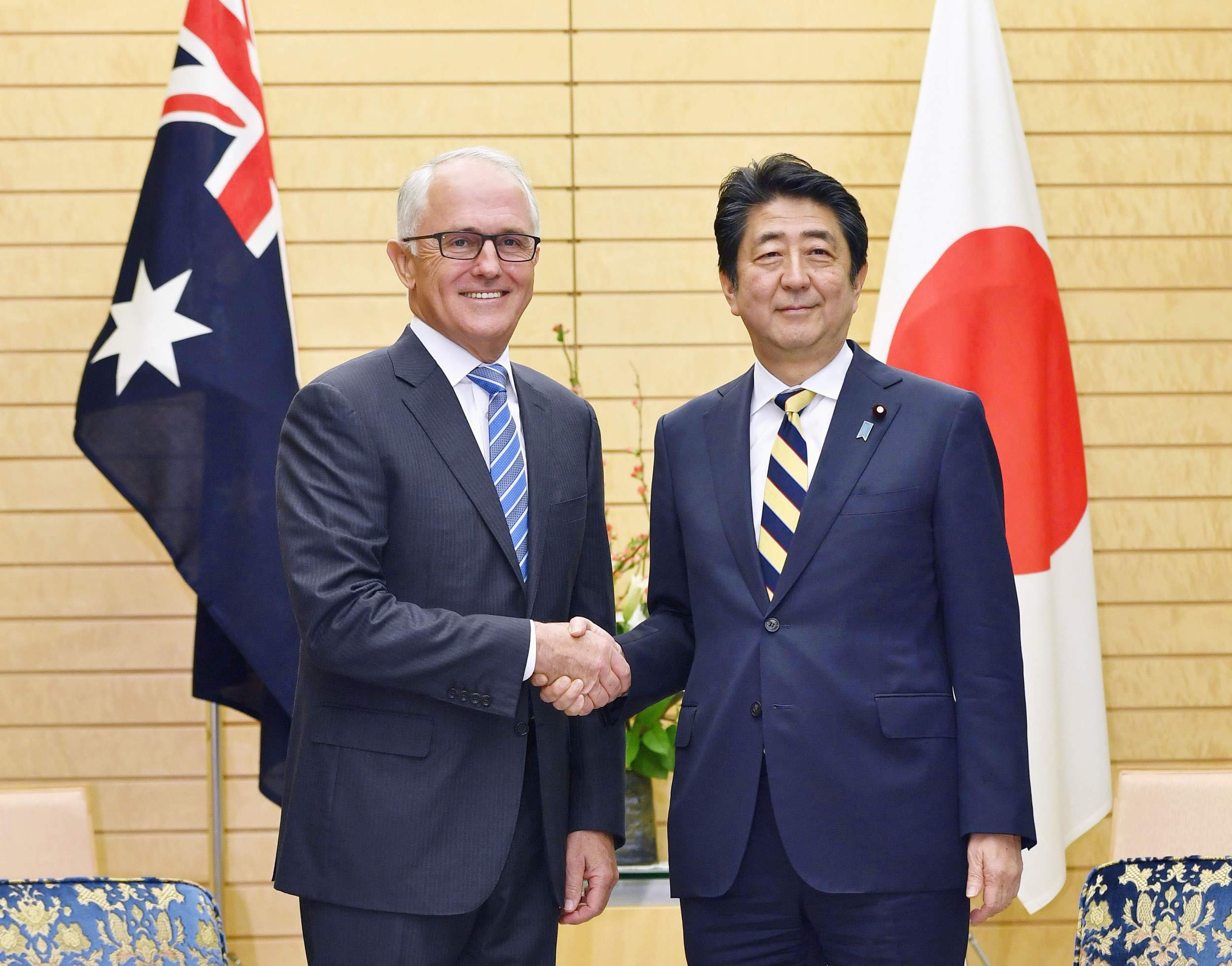
Australian PM Malcolm Turnbull and Japanese PM Shinzo Abe met on January 18 in Tokyo, where they discussed reviving the CPTPP. /VCG Photo
Australian PM Malcolm Turnbull and Japanese PM Shinzo Abe met on January 18 in Tokyo, where they discussed reviving the CPTPP. /VCG Photo
Trudeau on Tuesday said he was hopeful that his US counterpart could be persuaded to stay on board with NAFTA, stating "we are working very hard to make sure our neighbor to the south recognizes how good NAFTA is and that it has benefited not just our economy but his economy and the world's economy.”
With the Regional Comprehensive Economic Partnership (RCEP) still under negotiation, the CPTPP will be the biggest such multilateral trade agreement to be put into effect. Japan’s economy minister Toshimitsu Motegi has previously said that the door is still open for the US to join.
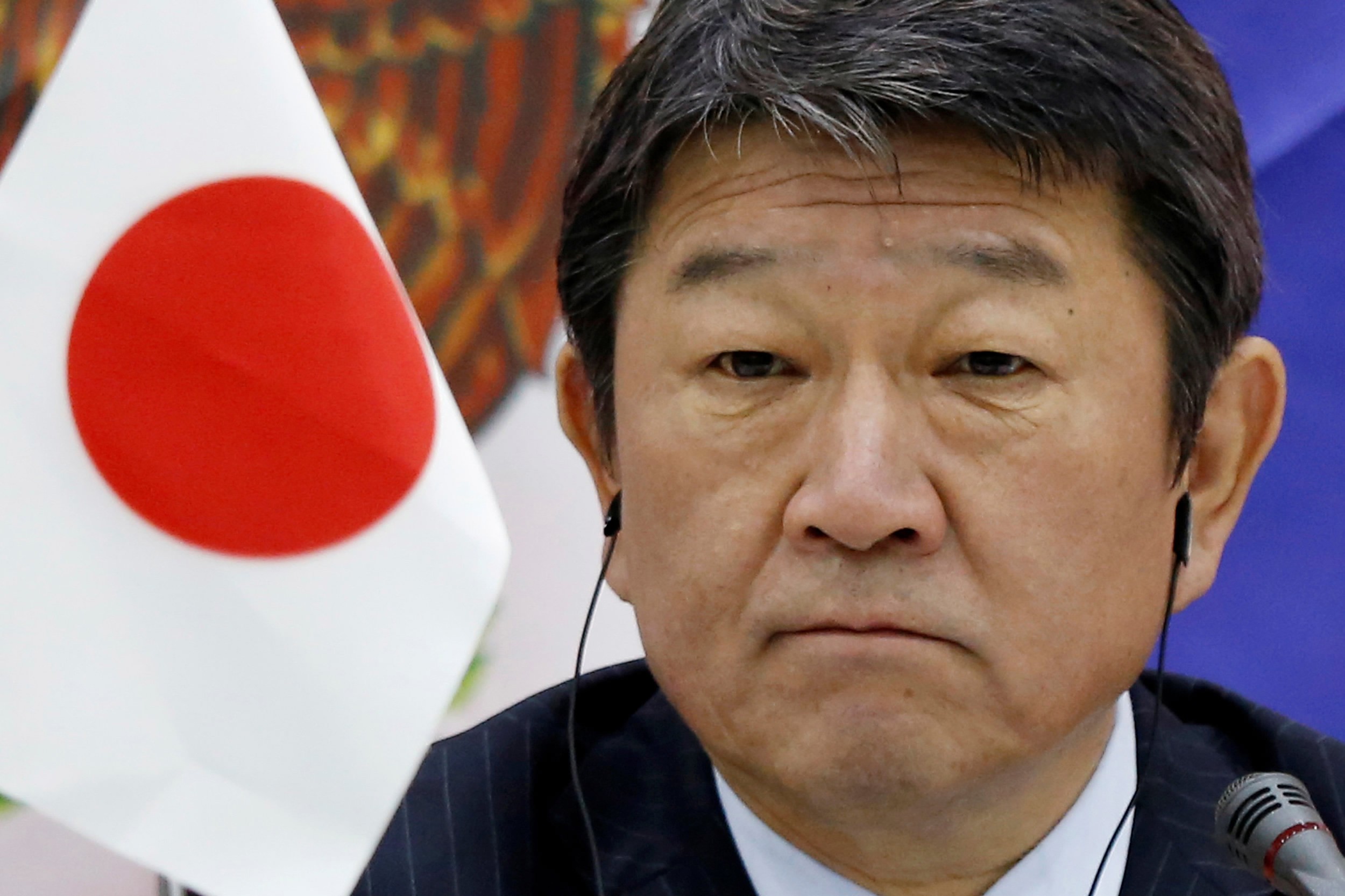
Japanese Minister of Economic Revitalization Toshimitsu Motegi attends a news conference on the Trans Pacific Partnership (TPP) Ministerial Meeting during APEC 2017 in Da Nang, Vietnam, November 11, 2017. /VCG Photo
Japanese Minister of Economic Revitalization Toshimitsu Motegi attends a news conference on the Trans Pacific Partnership (TPP) Ministerial Meeting during APEC 2017 in Da Nang, Vietnam, November 11, 2017. /VCG Photo
The Financial Times reported earlier this month that informal talks between the UK and representatives of the CPTPP were held regarding a post-Brexit relationship. UK trade minister Greg Hands was quoted as saying “there doesn’t have to be any geographical restriction” on a potential deal.

SITEMAP
Copyright © 2018 CGTN. Beijing ICP prepared NO.16065310-3
Copyright © 2018 CGTN. Beijing ICP prepared NO.16065310-3